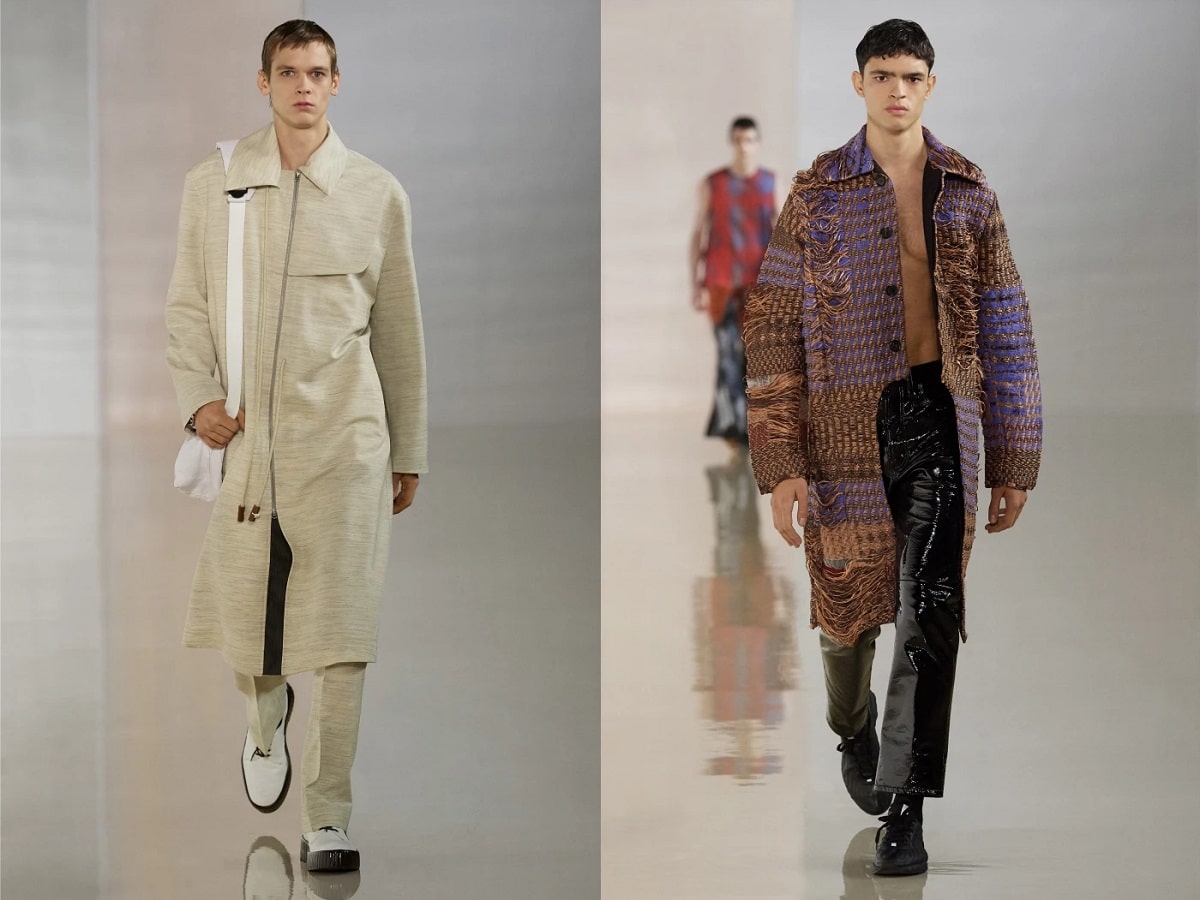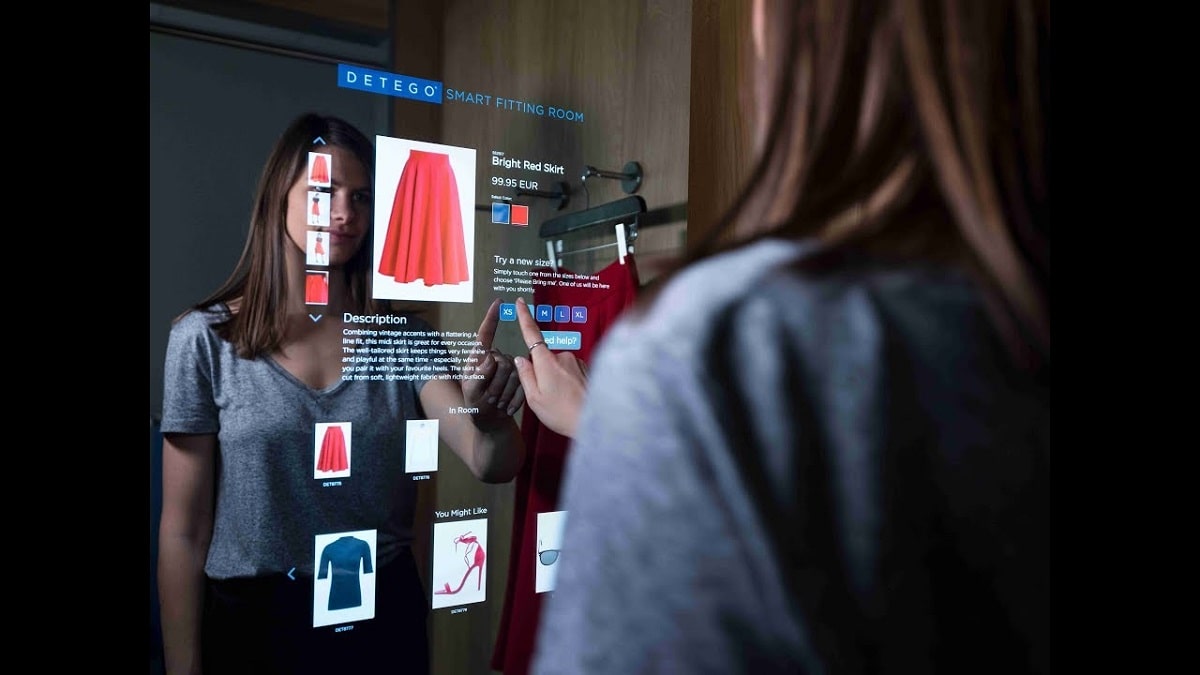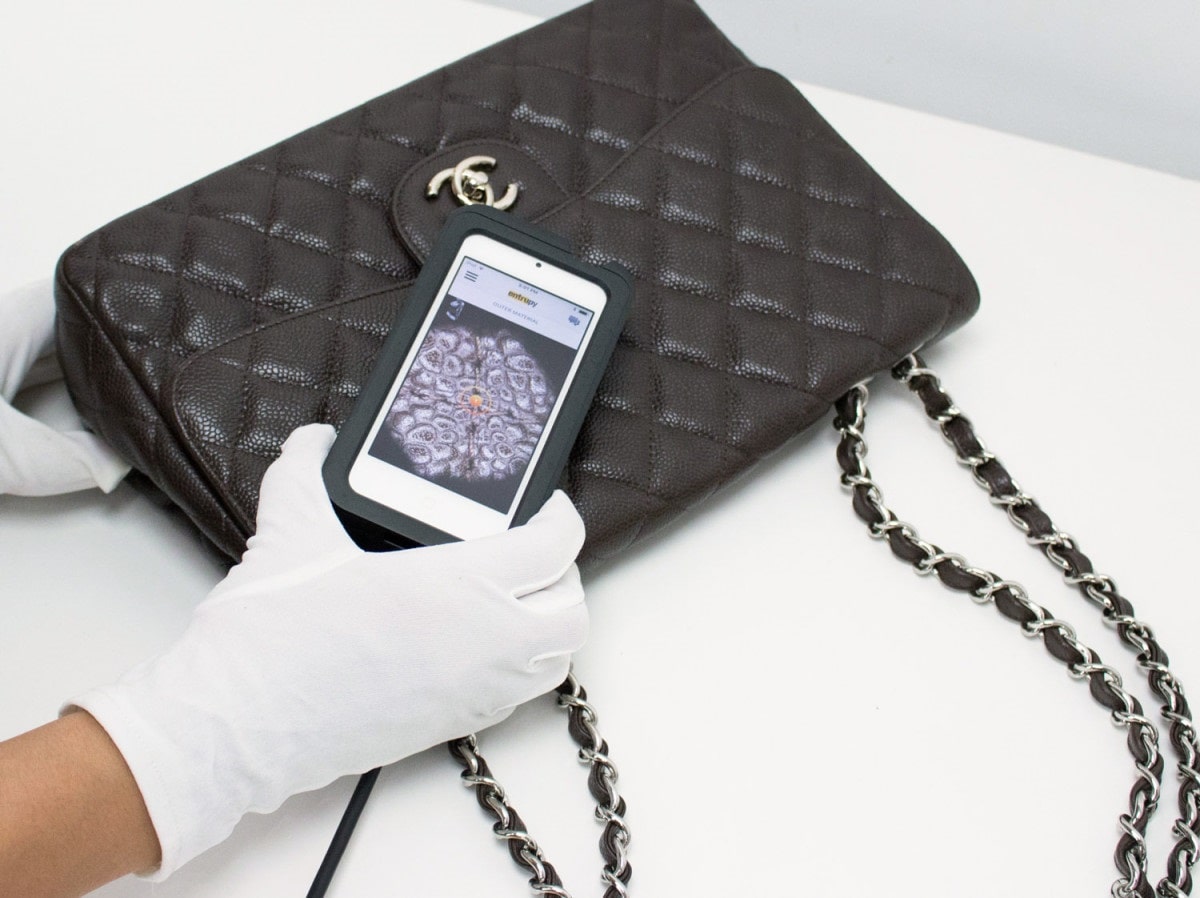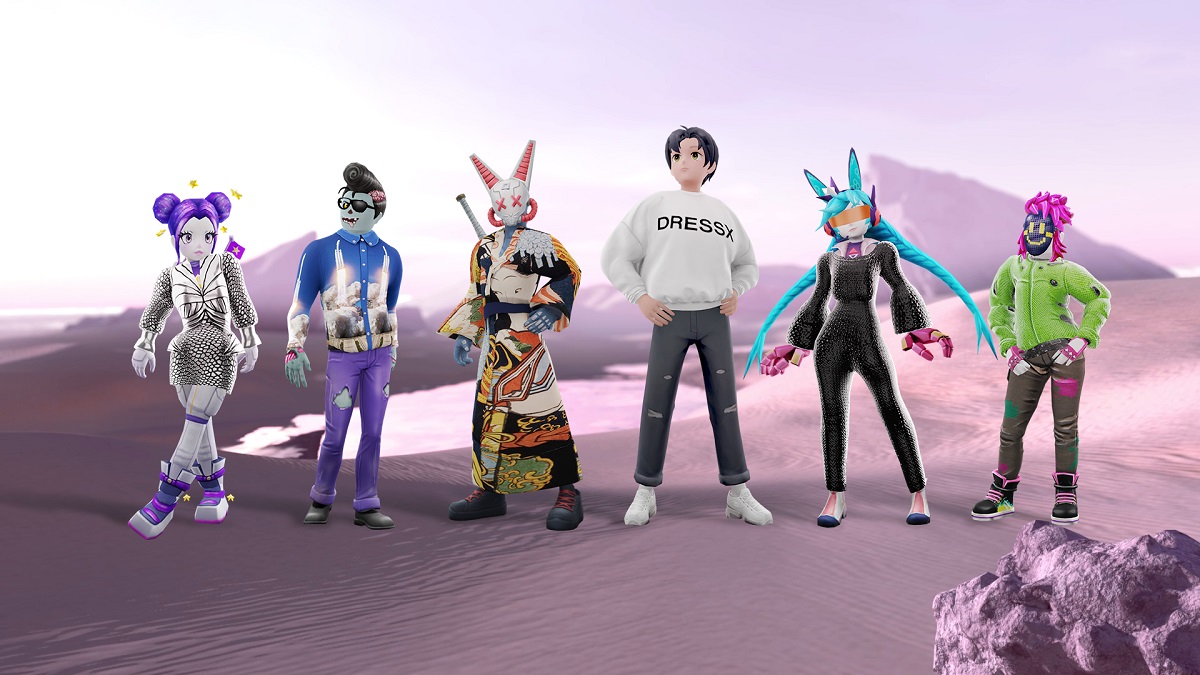1
HOME > Tech >
HOW AI IS SHAPING FASHION
Written by Ivan Yaskey in Tech on the 9th December 2022

Fashion, for much of the 20th century, has stood upon an observational, trend-driven model. Yet, the rules of three strictly from the runways doesn’t always translate to foot traffic and sales in both real-world and virtual stores. On paper, this appears as a drop in revenue. Long term, this misstep results in a glut of textile waste headed for a landfill.
Artificial intelligence (AI) is said to be revolutionizing this model to achieve two key goals: consistently satisfy consumers through more tailored and customized offerings and to secondly reduce waste. Today, AI is no longer a futuristic novelty and instead has entered multiple stages of the supply chain, from design to logistics to trying on clothing. It’s estimated that by 2027, AI technologies for fashion will be valued at $4.4 billion. Although their value in regards to reducing waste has yet to be established, understand how artificial intelligence has started to influence the fashion industry:

Core Functionality
First, let’s start with what AI is and how it’s currently being implemented. Right now, businesses have a growing amount of data at their fingertips: Some of this is direct in the form of sales, returns, and product reviews. Other modes are unstructured, like social media activity, or indirect – like media and celebrity trends. Data takes the form of numbers, text, images, and video. Data collection and aggregation form the foundation of the present’s AI. This information is gathered and compiled to look for relevant patterns that help predict trends, better understand website user, brick-and-mortar customer, and ecommerce purchaser behaviours, and customize product offerings to pique existing and potential buyers’ interests. Machine learning helps sort through and identify such patterns to make more precise rather than approximate decisions.

How AI is Being Applied
Crafting a Better Fit
It doesn’t matter if you shop in the men’s or women’s section or grab a bit of both. Fit plagues the fashion industry in multiple regards, contributing to higher return rates, causing buyers to stay away from certain brands, and dividing newer vanity sizes from more accurate inch- or centimeter-based vintage sizing. Solve the sizing conundrum, and you create a more reliable customer base that’s less likely to return what they bought. Right now, AI has been aiding these efforts through the following:
- Mapping your sizing – through dimensions you’ve entered or photos you’ve uploaded – to brands that better fit your proportions.
- Helping customers better measure themselves.
- Helping brands adjust garment design to better fit their customer base and create a more consistent experience across products.
- Reduce returns and subsequent pollution related to garments not fitting a customer well, including highlighting how a shirt or trousers might fit on your frame or helping customers find the right size for their build.
- Virtual fitting rooms that help customers try on what they’re interested in before they buy.

Idea Generation and Trend Forecasting
Unfortunately, the intersection between AI and idea generation centers on Shein, the Chinese ultra-fast fashion online retailer that’s come under fire for stealing designers’ concepts and producing an unmanageable glut of cheap clothing that quickly finds its way to a landfill due to a lack of resale market demand. But, while Shein’s implementation highlights the downsides of AI, this tool on a smaller scale can better pinpoint what customers want, help generate ideas to create a collection that better resonates with consumers, and predict trends to avoid falling behind in an increasingly competitive marketplace.
To date, the aggregate trends and market information AI can analyze encompass:
- Identifying the most flattering colors in relation to a customer’s skin tone once a picture is uploaded.
- Experimenting with various textures, prints, materials, and garments without having to set foot into a store or cross your fingers over an online order – in fact, just a personal photo may be needed to try on 3D models of clothing, footwear, and accessories.
- Style preferences based on interests and other personal characteristics – an integral feature that has defined Stitch Fix from the start.
- Using clothing and style preferences based on images or surveys to get recommendations for accessories and shoes.
- More personalized merchandising based on browsing and purchase habits.
- Holistically examining trends, including taking into account factors outside of fashion.
- Providing personalized product design and showcasing the result, based on a customer’s preferences, before they order.

On top of these advantages, AI technologies ultimately make trend forecasting a less manual and labor-intensive process that simultaneously pulls from a diverse array of sources. This more efficient approach – which ideally could be completed even before a season begins – has potential to result in less stockpiling when predicted trends don’t sell as well as estimated.
Authentication
Fakes of designer merchandise abound – prominently from handbags and watches and secondarily from low-cost, unauthorized near replications that you’ll spot on Ali Express. As websites like eBay and The RealReal promote authentication services, AI is increasingly playing a role to better identify fakes. An understanding of an item’s shape and construction can better identify if the brand actually made it, or if something like a curve or stitching is off.
Virtual Clothes Wearing
We’ve already touched on this a bit – particularly in regards to sizing and identifying colors, fabrics, and accessories that interest a customer. On the other hand, virtual clothes wearing, at least for the time being, represents a confluence between AI technologies and the metaverse. In short, the future of fashion – be it design or creating less physical waste – appears to be clothing that exists entirely virtually.

So far, this plays out as:
- Purchasing clothing for an image or avatar of yourself: With apps like Dress-X, you curate a virtual closet of looks for your online persona that helps fulfill the “high” of seeing yourself in a new item.
- Fashion and gaming: Seen prominently with the Gucci and Roblox collaboration, brands create virtual stores in the metaverse where users can purchase virtual items – sometimes priced more than their real-life counterparts – to dress their online persona inhabiting this space.
- 3D virtual fashion presentations: If you don’t have a chance to attend Fashion Week in person, the resulting photos provide a glimpse only from one angle. Virtual fashion presentations – embodied by the first Metaverse Fashion Week – let everyone attend through their avatar and get a 3D, more comprehensive view of what’s being displayed. While general adoption of the metaverse has been slow, Tommy Hilfiger, Etro, Dolce & Gabbana, and Roberto Cavalli all participated in this virtual spectacle.
- Virtual fashion houses: Expanding from here, the metaverse plus AI for gauging users’ interests has started to result in fashion houses and clothing brands that exist solely virtually. Clothing from The Fabricant and Dematerialised can then be used as a skin or filter for an online persona or purchased as an NFT.
- Fashion designing for your avatar: From here, apps like Stageverse further show that even in this gradually emerging virtual world, quality matters. Stageverse started as a platform for showcasing virtual presentations – including music from Diplo and fashion from Balmain – and has since evolved to create more detailed virtual clothing based on inputs from users.
However, brands chose to implement AI and get involved in the metaverse, these aspects have potential to lower production and distribution costs, decrease the amount of physical waste created, and expose their products to a new group of users. It’s estimated that Gucci’s Roblox collaboration was explored by 20 million users in the metaverse. Also, in terms of branding, these factors have potential to showcase new collections while phasing out influencer marketing – which has a rippling effect in terms of consumption and waste. Then, in house, these environments may transform the sampling process. For anyone who’s ever worked for a clothing brand, you know how this goes: Designers and product developers create the blueprints for a garment, and wait for the factory to send back a sample. This back-and-forth process continues a few times, until the design is just right. Yet, from fabric to CO2 emissions, this system ends up being wasteful. AI plus a virtual environment like the metaverse could reduce the need to produce physical samples, thus conserving materials and related resources as a result.

“Artificial intelligence (AI) is being used in a variety of ways in the fashion industry. One common use of AI in fashion is for personal styling and outfit recommendations. AI algorithms can analyze a person's style and preferences, and use that information to suggest clothing and accessory options that are likely to appeal to them. Another use of AI in fashion is for inventory management and supply chain optimization. AI can help fashion companies to track and manage their inventory levels, and to identify potential supply chain bottlenecks or inefficiencies. This can help to reduce waste and improve the efficiency of the fashion supply chain. AI is also being used in fashion for product design and development. Some fashion companies are using AI to generate designs and patterns for their clothing and accessories, which can help to reduce the time and cost associated with the design process. Overall, AI is playing an increasingly important role in the fashion industry, helping companies to improve their operations and offer personalized, high-quality products to their customers.”

Trending
2
3
4
5
6
7
8
9
10










